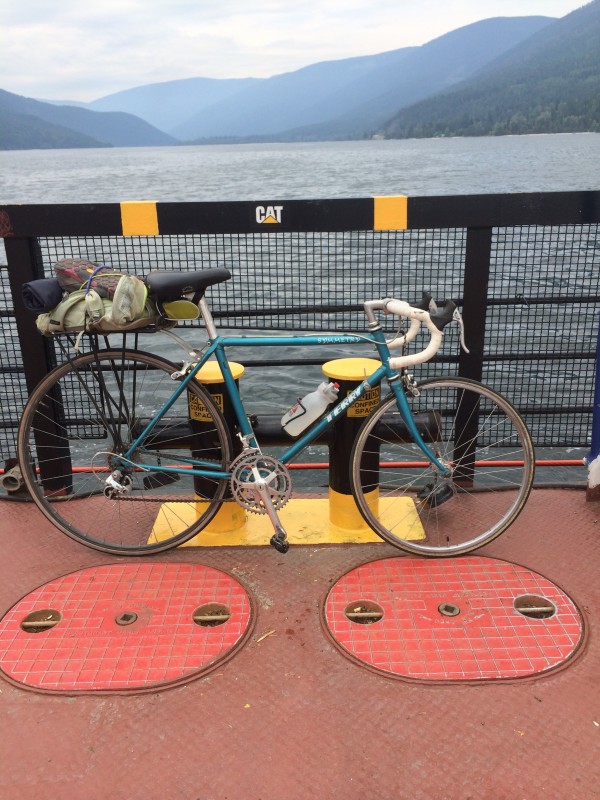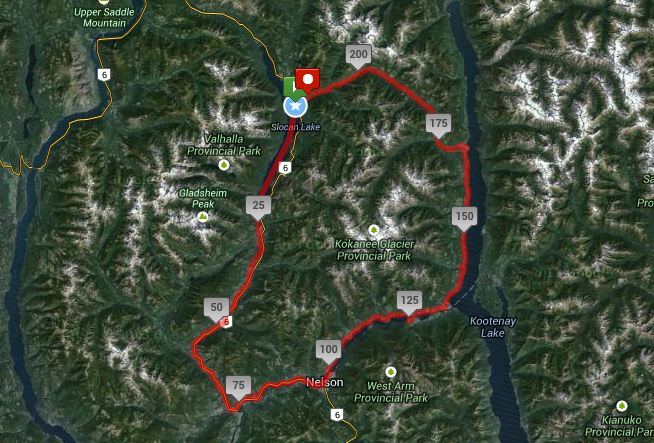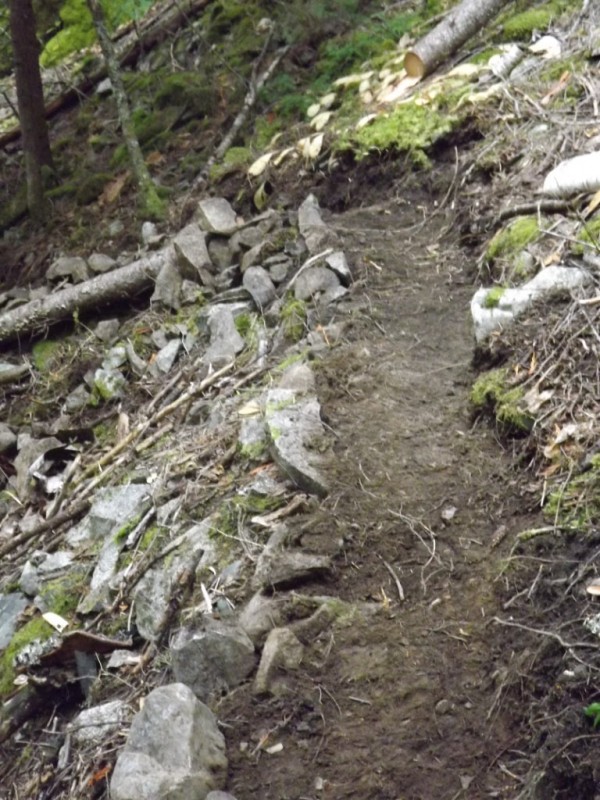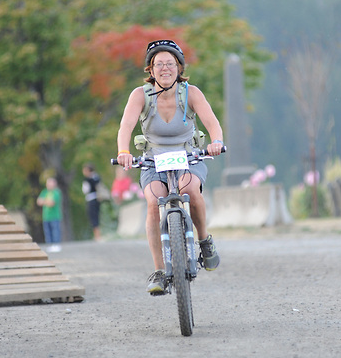
It’s an activity tracker, a value-added pedometer. I bought it about 15 months ago. I got it as a way to be less obsessed with tracking the minutiae of my exercise. With my old Garmin (has it really been five years?!), which is bulky and a bit uncomfortable to wear, I tended to geek out and get all micro-analytical when presented with the detailed real-time information about distance, pace, speed, slope, calories and heart rate. It fed into my self-competitive tendencies, and I would find myself running too fast or too far, just to make the next round number. 5k in 25 minutes, or 10k today instead of the 7.2 that feels about right, or a negative split on the second half of the run. That tended to lead to injury and to focus on the data record, with less enjoyment of the actual running. The graphs were beautiful, but distracting.
I wanted to focus more on the experience of running. For a while I ran completely ungadgeted. I had dropped the iPod quite early on, but dropping the data was a big change. It was lovely when I was motivated to run, but sometimes I felt I needed a little prod to get out the door. I thought the Fitbit might be able to give me a little bit of self-accountability without feeding into my self-competitive tendencies.
I was right. It has struck the right balance. Knowing a step-count record is accumulating – or not — is enough to give me a little nudge when I need it, and yet the information it provides is minimal and delayed, so it acts more like a pat on the back when I’ve done well than a coach yelling at me to “push faster!” or “do one more lap!” I’ve worn it almost every day and I still like it a lot.
I like that it counts the about-the-house-and-yard-and-town exercise I get, which I tend to undervalue. I like how unobtrusive it is, and how it looks almost like a simple rubber band bracelet. I like the well-oiled bluetooth connectivity with my smartphone app, which means I can check historical and current-day info anytime on my phone. It has a sleep-tracking function, which I find interesting. It will show me measurements of my total sleep time, and of my times of restlessness and wakefulness. It’s not a perfect accounting, as it relies only on left arm movement, but it provides some interesting information over time. I like the way I can set truly silent vibratory alarms that alert me and no one else. The alarm will awaken me from sleep, but it can also tell me when a violin lesson should be wrapping up.
I find it has very good accuracy. I’ve tested it by counting steps and measuring distances with GPS, and it is as near to perfect as a wrist-band pedometer could be. It counts my treadmill exercise too, which a GPS-based device doesn’t, which is a nice bonus.
I wish it were waterproof. It’s splash- and sweat-resistant, but it’s supposed to come off during showering, washing dishes and minivans, while swimming and in the pouring rain.
I’ve had lots of problems with the charger. It just doesn’t make a connection as reliably as it’s supposed to. That was true of the first charger, which started getting really finicky after about three weeks, and eventually I couldn’t get it to charge at all. The company quickly sent me a replacement, but that didn’t completely fix the problem. So they sent me a whole new Fitbit, which did fix the problem, but only for a couple of months. Now I have two complete rigs, neither of which works well. The new one is much better but it only rarely charges perfectly. Usually I have to carefully construct an array of elastic bands and wedges to hold it in just the right spot in the charger to make contact. The old one I sometimes can’t get to charge for weeks. Sophie used it for a while, then gave up.
And I wish it had a watch. I would never wear a watch and the Fitbit together, and sometimes I would like to have a watch. How tough could it be to add a watch to the display? For a short time the company offered a newer model, the Force, which had a time display, but it was recalled and pulled from the market due to problems with the clasp. It hasn’t been re-released, nor has anything else taken its place. And in the meantime Nike has stopped making their Fuel Band, and it seems like everyone is holding their breath, waiting for the Apple iWatch to drop. It’s in the wind ….
I’m waiting too. I hope my Fitbit lasts until the kinks in the as-yet-unreleased iWatch get worked out and the 2nd generation hits the market. Another 18 months, maybe. Despite its limitations and the charger quirks I really do like the balance the Fitbit strikes. But I’m pretty sure I’ll be one of those keeners pre-ordering the iWatch 2.




























































